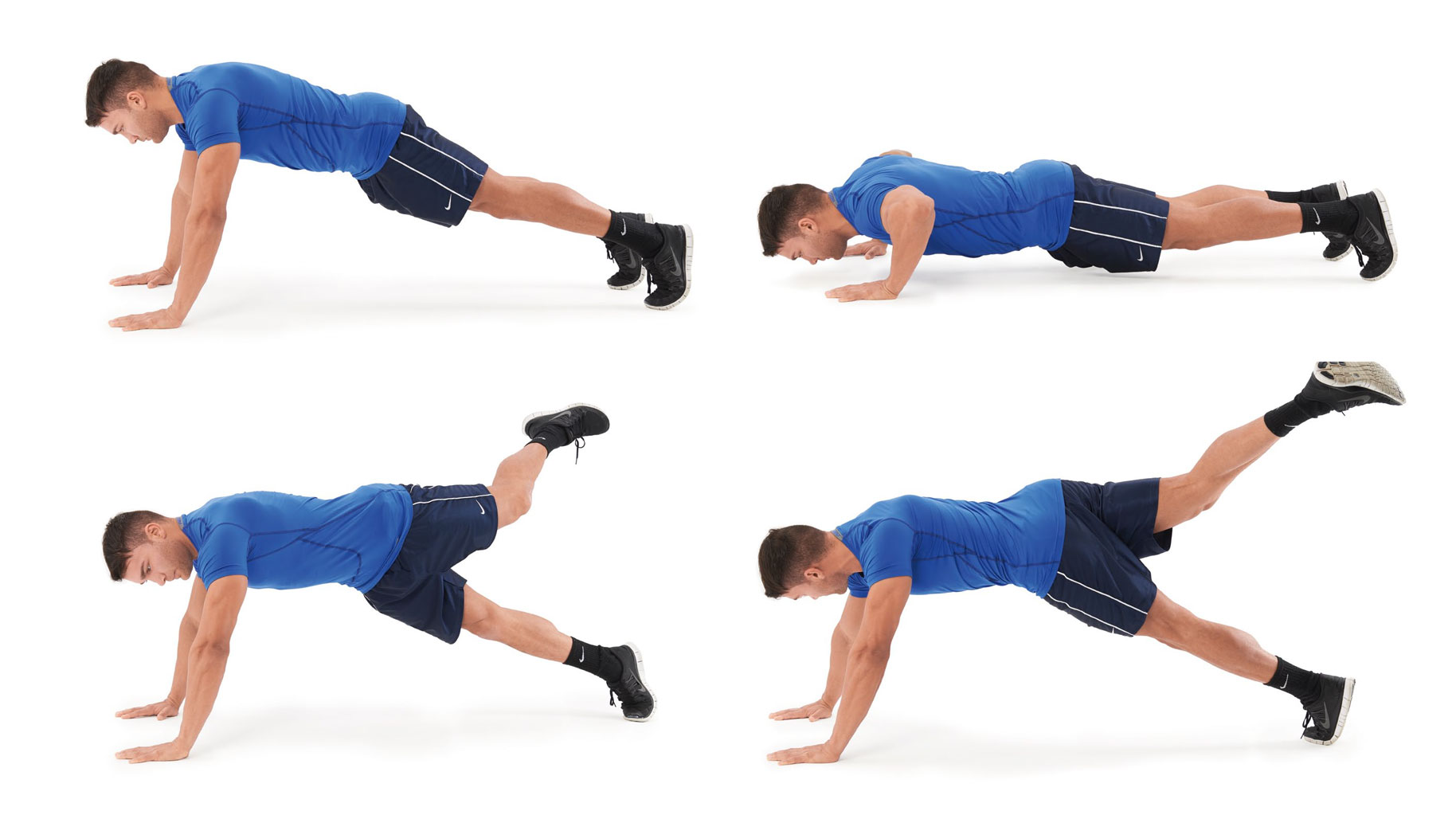This vlogger tells us why everyone should do 100 push-ups almost every day
Doing 100 push ups every day has loads of benefits for everyone. Here's how to get started, even for beginners


Calisthenics YouTuber Chris Heria loves push ups. With nearly three million subscribers, he's one of the most popular fitness YouTubers online, and is one of the world's go-to resources for learning calisthenics (as well as our guides on how to do a push up, how to do a squat and pull-ups and dips.
In this video, which has garnered over four million views so far, Chris tells his massive audience why he does 100 push-ups in a row four mornings a week.
“Not only are pushups super-effective at building strength and muscle, but they can be done anywhere, with no equipment and barely any space at all," says Chris. "Regardless of whatever sport you’re into, push ups are part of every athlete’s workout regimen for a good reason.”
Do 100 push ups a day: Watch the video here
Why do 100 push ups a day?
Push ups work lots of different muscle groups, including the triceps, shoulders and chest muscles. Holding a straight plank position while you do it also works your core, making it one of the most important exercises to do. Don't worry if you can't do many yet: at the end of the video, Chris shows you how to do push ups on an incline surface, which makes them easier to do. However, why shoot for 100?
“I really started to see the best results when I increased my frequency and did 100 push-ups at least four times a week: almost every single day. I started making it a habit to do it as soon as I woke up, which built discipline.
“First, I began doing 10 sets of 10 different variations of push ups. Using different variations, I was building strength in different parts of my chest, triceps and core.”

These different variations could include the diamond push up, the wide-grip push up and the one-legged "scorpion push up" demonstrated above. As Chris mentioned, changing your grip not only stops the workout from becoming boring, but it also works different parts of your body, ensuring you get a more well-rounded exercise.
Start your week with achievable workout ideas, health tips and wellbeing advice in your inbox.
“Once I was able to do so, I started doing five sets of 20 push ups rather than 10 sets of 10, increasing the time under tension and getting a lot more blood flow into the muscles.”
Regular resistance training has stacks of benefits even if you don't want to get super-muscular. It fights against aging, prevents osteoporosis, promotes good posture and creates a better body composition (your muscle-to-fat ratio, the magic number to determine whether you're fit and healthy). Chris advocates doing this challenge four days a week, to allow your body time to rest.
However, it's important you also train other groups of muscles, like your back and biceps, in order to prevent any muscular imbalances. To do that, you need to do a pulling rather than a pushing motion, which will require some pull-ups or the best adjustable dumbbells or best resistance bands.
Matt Evans is an experienced health and fitness journalist and is currently Fitness and Wellbeing Editor at TechRadar, covering all things exercise and nutrition on Fit&Well's tech-focused sister site. Matt originally discovered exercise through martial arts: he holds a black belt in Karate and remains a keen runner, gym-goer, and infrequent yogi. His top fitness tip? Stretch.
